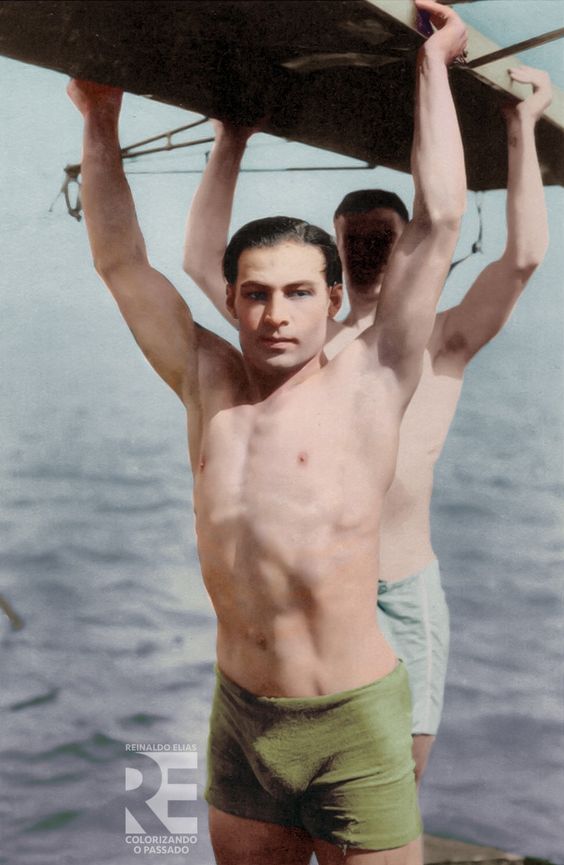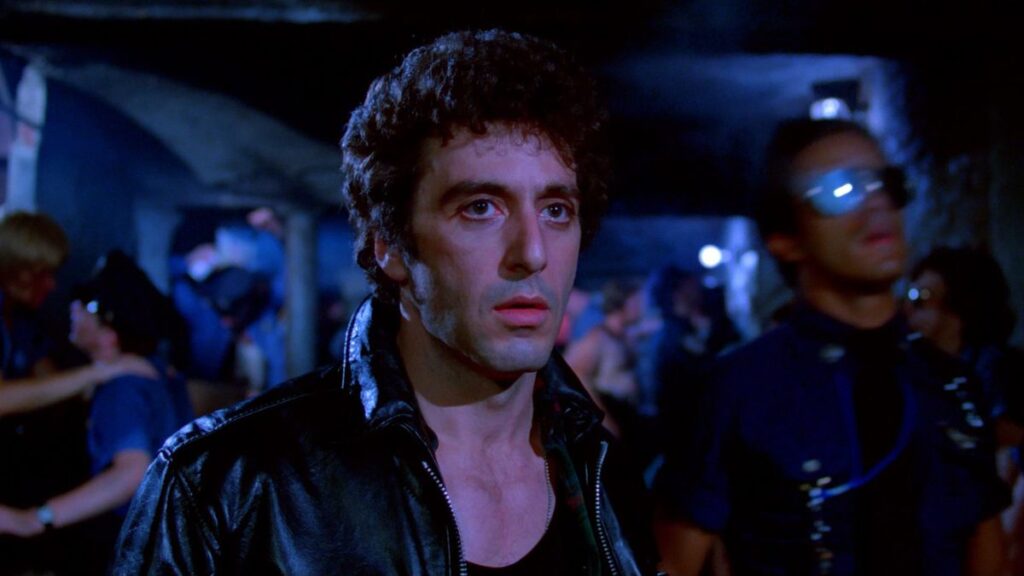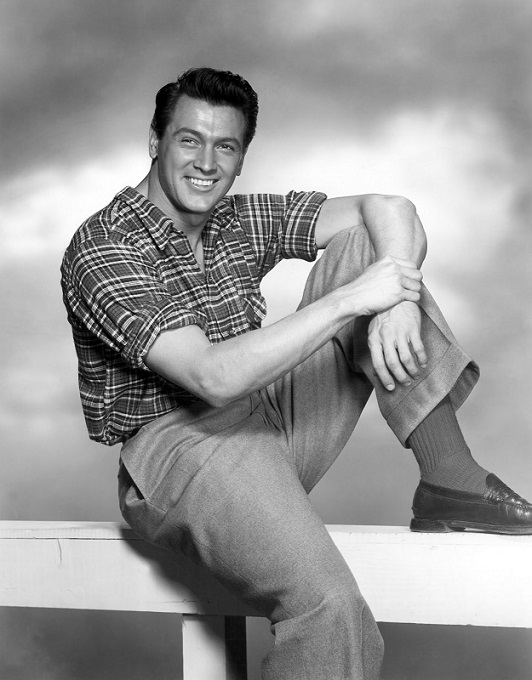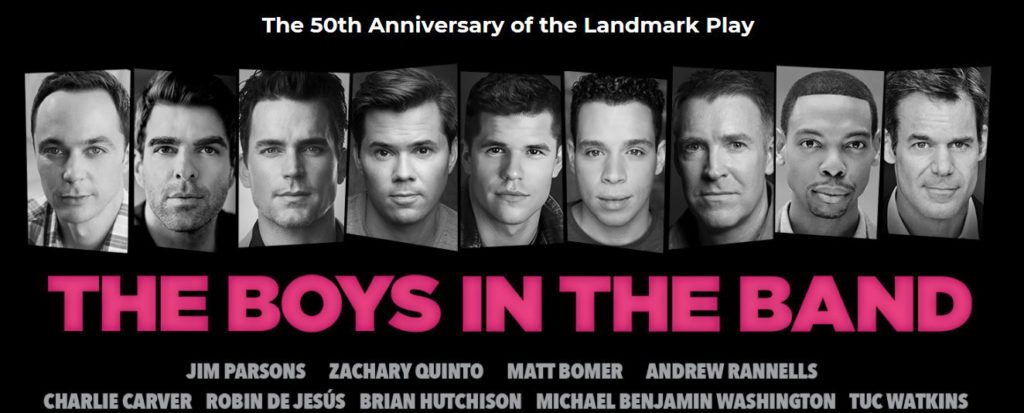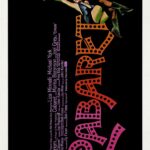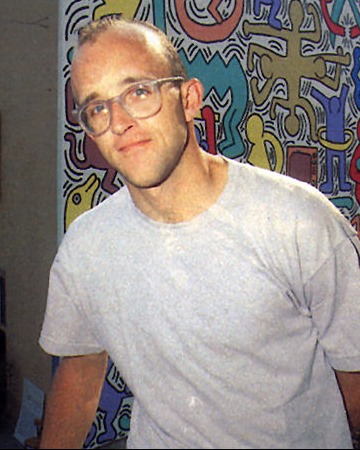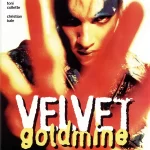James Dean: Rebel, Icon, and Beyond
James Dean – the eternally cool rebel whose mystique still has us buzzing decades after his tragic crash. We know the image: leather jacket, cigarette dangling, eyes full of simmering angst that made audiences swoon. But behind that iconic gaze, was there more going on than just brooding over Natalie Wood? Let’s dive into the tantalizing whispers and compelling clues suggesting Jimmy Dean played for both teams.
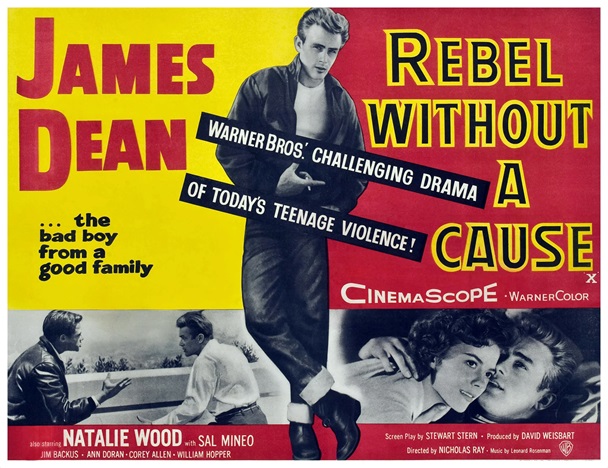
The Rebel Who Wouldn’t Be Boxed In
First off, you’ve got the quote. When supposedly grilled about his sexuality (something reporters dared not ask directly back then), Dean is famously reported to have shot back: “No, I am not a homosexual. But I’m also not going to go through life with one hand tied behind my back.” Talk about a mic drop for the 1950s! While we can debate the exact wording or context forever, the message rings clear: Dean wasn’t about to limit his experiences or attractions to fit society’s neat little boxes. Sounds pretty fluid, right?
The Roommate Tells All (Eventually)
Enter William Bast, Dean’s college roommate, close buddy, and first biographer. In his initial book, written right after Dean’s death, Bast painted a picture of a straight-arrow Jimmy. Fast forward decades later to 2006, and Bast drops a bombshell in “Surviving James Dean”: he and Jimmy weren’t just pals; they had experimented sexually, sharing an intimate, complex bond. Why the wait? Bast chalked it up to the ice-cold homophobic climate of the 50s and wanting to protect Dean’s legacy (and probably his own career). This wasn’t just gossip; this was from someone who knew him, sharing pillow talk secrets years later.
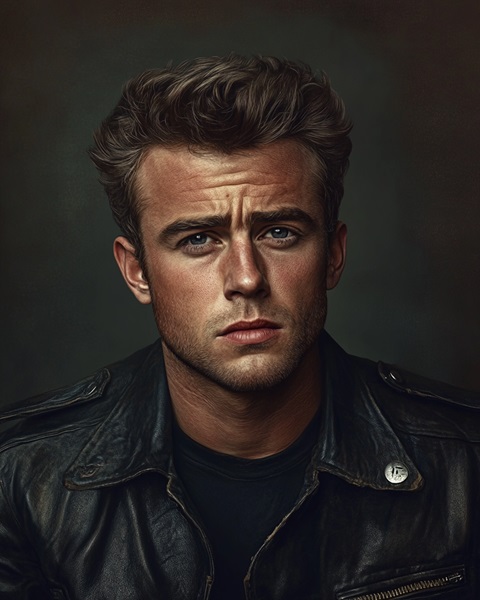
Mentors, Money, and… More?
Then there’s Rogers Brackett, a suave, older advertising exec who took young, struggling Dean under his wing in Hollywood. Brackett offered mentorship, connections, a place to crash, and financial backing. Biographers pretty much agree this relationship likely included… well, benefits. It was a complicated dynamic, common in old Hollywood, where power, patronage, and intimacy often blurred together. Again, adding another layer to the “just friends” narrative.
Of Course, There Were Girls!
Now, let’s be clear: Dean definitely had intense, passionate, and very public relationships with women. His fiery romance with Italian actress Pier Angeli is legendary, complete with heartbreak when her mother apparently forced them apart. He was also linked with bombshell Ursula Andress and actress Liz Sheridan (yes, Jerry Seinfeld’s mom!), who even wrote a memoir about their love affair. But here’s the key: being attracted to women doesn’t automatically cancel out attraction to men. That’s literally what bisexuality is. His genuine connections with women are part of his story, not proof against other attractions.
The Pressure Cooker of 1950s Hollywood
Imagine being a rising superstar in an era gripped by McCarthyism and the “Lavender Scare,” where even a rumor of being gay could torpedo your career faster than a speeding Porsche. Studios controlled images with an iron fist. Publicly admitting any same-sex attraction was unthinkable. Dean was a rebel, sure, but maybe not that kind of rebel, at least not publicly. The intense pressure to conform makes the whispers and coded statements even more significant.
So, What’s the Verdict?
Did James Dean ever slap a label on himself? Nope. The language wasn’t really there, and the stakes were sky-high. But looking at the evidence – the defiant quote, the roommate’s confession, the “complicated” mentorship, all alongside his known romances with women – it paints a pretty compelling picture. James Dean wasn’t just a rebel on screen; his personal life likely defied the rigid norms of his time too. While we can’t know for sure without a time machine and a very direct question, the signs strongly suggest that the enigmatic icon experienced the world, and attraction, in more shades than just black and white. He remains a complex, fascinating figure who refuses to fit neatly into any box – and maybe that’s exactly how he’d want it.
Being Gay in Hollywood of the 1950’s
Being a gay male actor in 1950s Hollywood was an existence fraught with fear, secrecy, and constant vigilance. The “Lavender Scare,” paralleling McCarthyism’s “Red Scare,” created a climate of intense paranoia, where even a whisper of homosexuality could destroy a career. Studio executives, wielding immense power, enforced strict conformity, often orchestrating sham marriages and carefully crafted public images to maintain their stars’ “acceptable” personas. Any deviation from this manufactured heterosexuality was a career-ending offense.
The constant need for concealment created a profound sense of isolation and internal conflict. Actors lived double lives, navigating clandestine relationships in the shadows while projecting a facade of heterosexuality for the public eye. This pressure led to immense psychological strain, with many resorting to substance abuse or experiencing breakdowns. The fear of exposure was ever-present, as gossip columnists and private investigators lurked, ready to exploit any perceived transgression. Blackmail was a common tactic, used to extort money or control actors, further trapping them in a cycle of fear and silence.
Beyond the personal toll, the lack of authentic representation in film and television perpetuated harmful stereotypes and denied gay men any sense of visibility or validation. Gay characters, when they appeared at all, were often portrayed as effeminate caricatures or tragic figures, reinforcing societal prejudices. This erasure and misrepresentation contributed to a culture of shame and self-hatred, making it even more difficult for gay actors to reconcile their true selves with the roles they were forced to play..
James Dean – Gay or Bisexual


